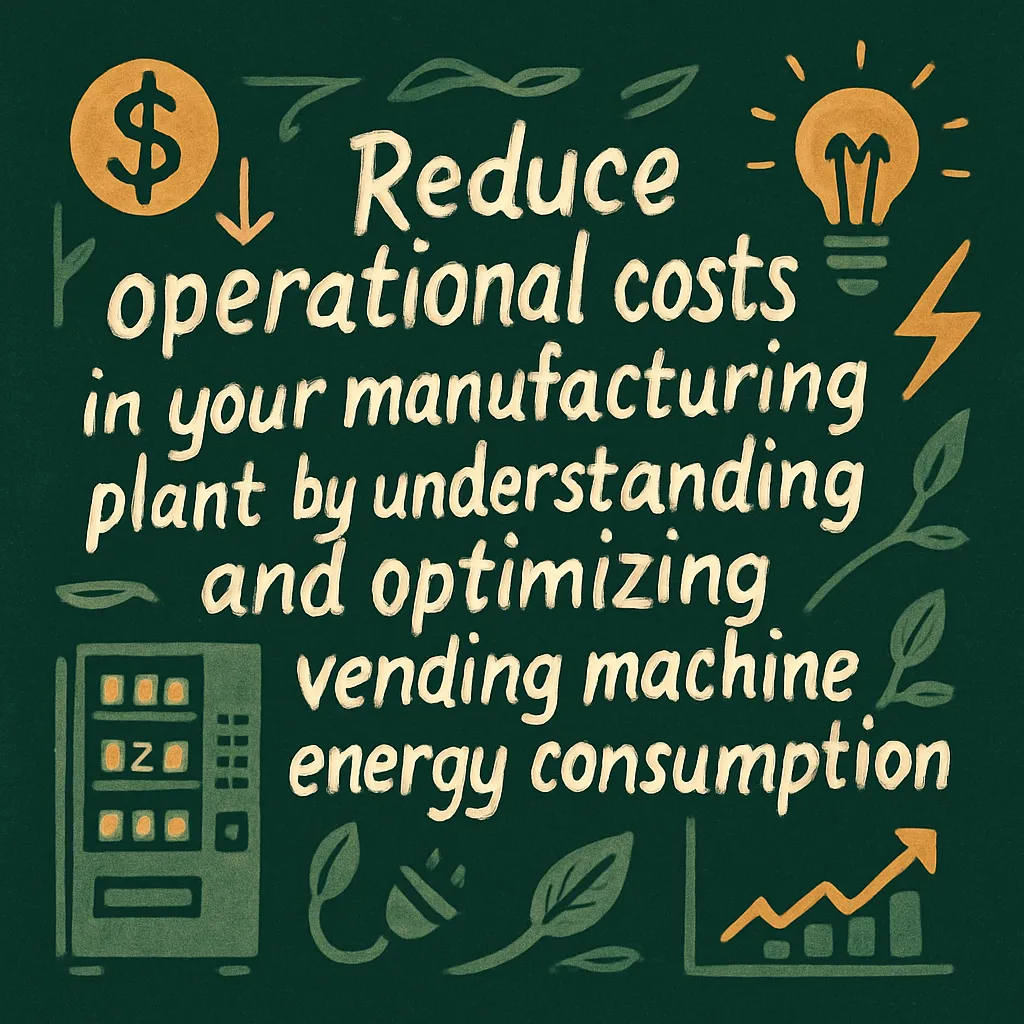In the demanding environment of modern manufacturing, every operational cost needs careful scrutiny. Vending machines, while offering invaluable convenience to factory workers, can sometimes be an overlooked area for potential energy savings. By intelligently managing their energy consumption, factories can significantly reduce electricity bills and contribute to their overall sustainability goals.
Understanding Vending Machine Energy Use
The primary energy consumers in a vending machine are usually the cooling system (compressor and fan) and lighting. Older machines, especially those from before the widespread adoption of energy efficiency standards, can be notably inefficient. They often lack proper insulation, use outdated refrigerants, and have constant, high-wattage lighting.
Modern vending machines, however, are engineered to be far more energy-conscious. Many are Energy Star certified vending machines, meaning they meet rigorous energy-saving criteria. These machines often incorporate features like:
- Efficient Cooling Systems: Utilizing advanced refrigerants and smaller, more efficient compressors.
- LED Lighting: Replacing traditional fluorescent bulbs, LEDs consume significantly less power and have a longer lifespan.
- Energy-Saving Modes: Programmable options that reduce power when the machine is not in use, such as during off-shifts or overnight. This might involve cycling refrigeration or dimming lights.
- Improved Insulation: Better insulation helps maintain internal temperatures, reducing how often the compressor needs to run.
Strategic Placement for Enhanced Savings
Where you place a vending machine within your factory can have a direct impact on its energy consumption. Machines located in direct sunlight or next to heat-generating equipment (like furnaces or uninsulated production lines) will have to work harder to keep products cool. Strategically placing machines in cooler, shaded areas or away from sources of excess heat can reduce the load on the refrigeration unit and subsequently lower energy usage. Consider the ambient temperature and air circulation in potential locations. For more details on power requirements, review how vending machines need WiFi or power.
The Real Impact on Your Bottom Line
Switching to energy-efficient models isn't just about environmental responsibility; it's a sound financial decision. The cumulative effect of reduced electricity consumption across multiple machines can lead to substantial annual savings for a factory. Consider a case study approach with a thorough case study on vending in a manufacturing facility to quantify the potential benefits. Over the lifespan of the equipment, these savings often outweigh the initial investment in newer machines.
Adopting energy-saving habits, such as ensuring proper maintenance (cleaning coils, checking door seals) and utilizing smart power-saving features, can further extend these benefits. By embracing modern, energy-efficient vending solutions, factories can provide essential amenities for their workforce while simultaneously bolstering their financial health and commitment to a greener future.

